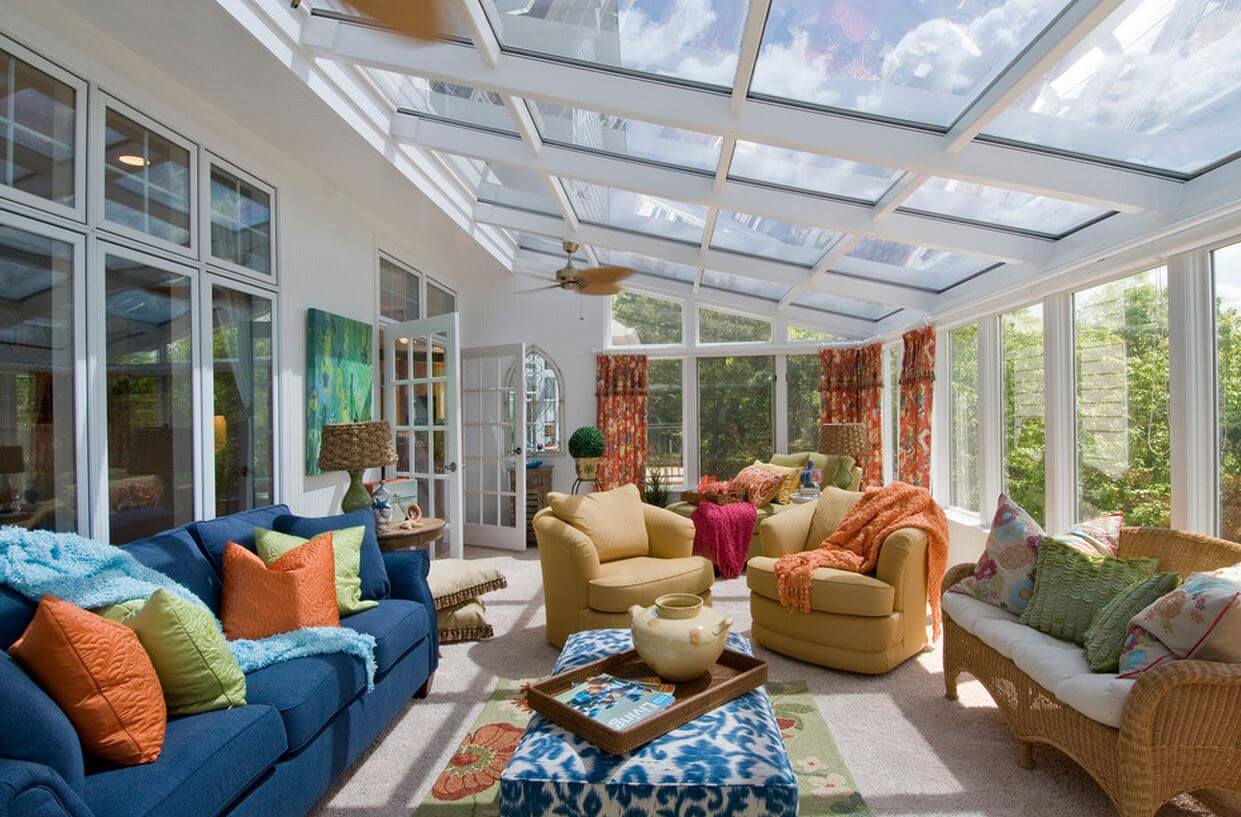The environment is a hot topic nowadays and everybody seems to be on the green bandwagon. From recycling soda cans, to using canvas grocery bags, to hanging clothes out to dry in the sun, conservation of our natural resources is a daily part of the new century. So what if you have good intentions but not enough motivation to follow through? Are you a lazy environmentalist? Here are some relatively simple tips that will make you feel like you are doing your part to save the earth, with minimal effort and time. Go green!
Place a bucket, pail, or barrel outside your house to collect rainwater. After your receptacle has filled, you can water your indoor plants for free. Or use it to rinse off dishes before placing them in the dishwasher. You could even wash your dog! In order to not attract mosquitoes, don’t leave standing water outside for any length of time. Those pesky bugs lay their eggs in stagnant water, so make sure you use what you’ve collected right away. After trying your hand at rainwater collecting a few times, you might want to peruse the many commercially available rain barrels and purchase one. These barrels can attach to your down gutter and typically hold 40 to 80 gallons of water. If you are really ambitious you can purchase multiple barrels to collect rainwater from different spots around your house and water your entire landscaping.
If you are a coffee drinker, you may be throwing away a valuable garden nutrient every day. Used coffee grounds are rich in nitrogen, magnesium, calcium and potassium. While organic coffee is best because it hasn’t been treated with pesticides, you can still get the same benefits from non-organic. As a lazy environmentalist, just toss the coffee grounds directly on top of your soil. This is an excellent and free year-round fertilizer. Tomato plants, blueberries, roses and evergreens all thrive on coffee ground fertilizer because of its acidic nature, which also makes them a great deterrent of slugs and snails. So use them around plants that are being eaten alive by these pests. Coffee grounds can be added to composts piles too if you’ve got one started.

Along with coffee grounds, banana peels, fish bones and egg shells are also great organic matter for your garden and rose bushes. Bury banana peels a few inches in the soil around roses for more vibrant blooms. Roses love fish bones, but be sure to bury these a little bit deeper – at least a shovel head’s depth to keep dogs and other animals from digging them up. Egg shells provide needed calcium to your garden. Wash them out and crush before burying in the soil. You can also circle egg shells around a vegetable plant to deter slugs and snails.
If you read your daily newspaper while drinking your morning coffee, you’ve got another cheap and handy garden helper. Layer newspaper under mulch and it becomes a weed barrier. The newspaper will slowly decompose and fertilize your flower beds in the process. Newspaper is a wonderful, and natural, substitution to the plastic weed barriers available for purchase from your garden store. Newspaper can also be used to get rid of unwanted sod when starting a new flowerbed or vegetable garden. Simply layer four or five sheets of overlapped newspaper directly on top of the sod, water it down, cover with mulch and wait until spring. You will then have a grass-free area to start planting.
Vinegar is a great option to buying toxic, commercially made weed and pest killers or cleaners. White distilled vinegar is cheap to buy and most households already have it on hand. Use a vinegar and water mixture to soak away clay pot stains, spray a mixture of vinegar and compost tea onto plants to protect against disease, or use full-strength on weeds that grow between the cracks of your sidewalks and pathways. A spray of vinegar along door thresholds or windowsills where ants gather will stop them in their tracks. Acid-loving plants flourish with a douse of vinegar and water mixture every now and then. And if you have a cat that likes to use your child’s sandbox as its personal bathroom, vinegar can discourage the practice.
So even if you are ho-hum about saving our natural resources, incorporate one or all of these tips into your daily routine. With little effort, you might surprise yourself and become greener, along with your garden of course!
![roof-wind-damage[1]](https://www.selaroofing.com/wp-content/uploads/2015/08/roof-wind-damage1-601x400.jpg)

![pergola_arched_5[1]](https://www.selaroofing.com/wp-content/uploads/2014/06/pergola_arched_51-533x400.jpg)
![color-harmony[1]](https://www.selaroofing.com/wp-content/uploads/2013/07/color-harmony1-300x110.jpg)



![iStock_Closet-XSmall[1]](https://www.selaroofing.com/wp-content/uploads/2013/02/iStock_Closet-XSmall1-268x400.jpg)


